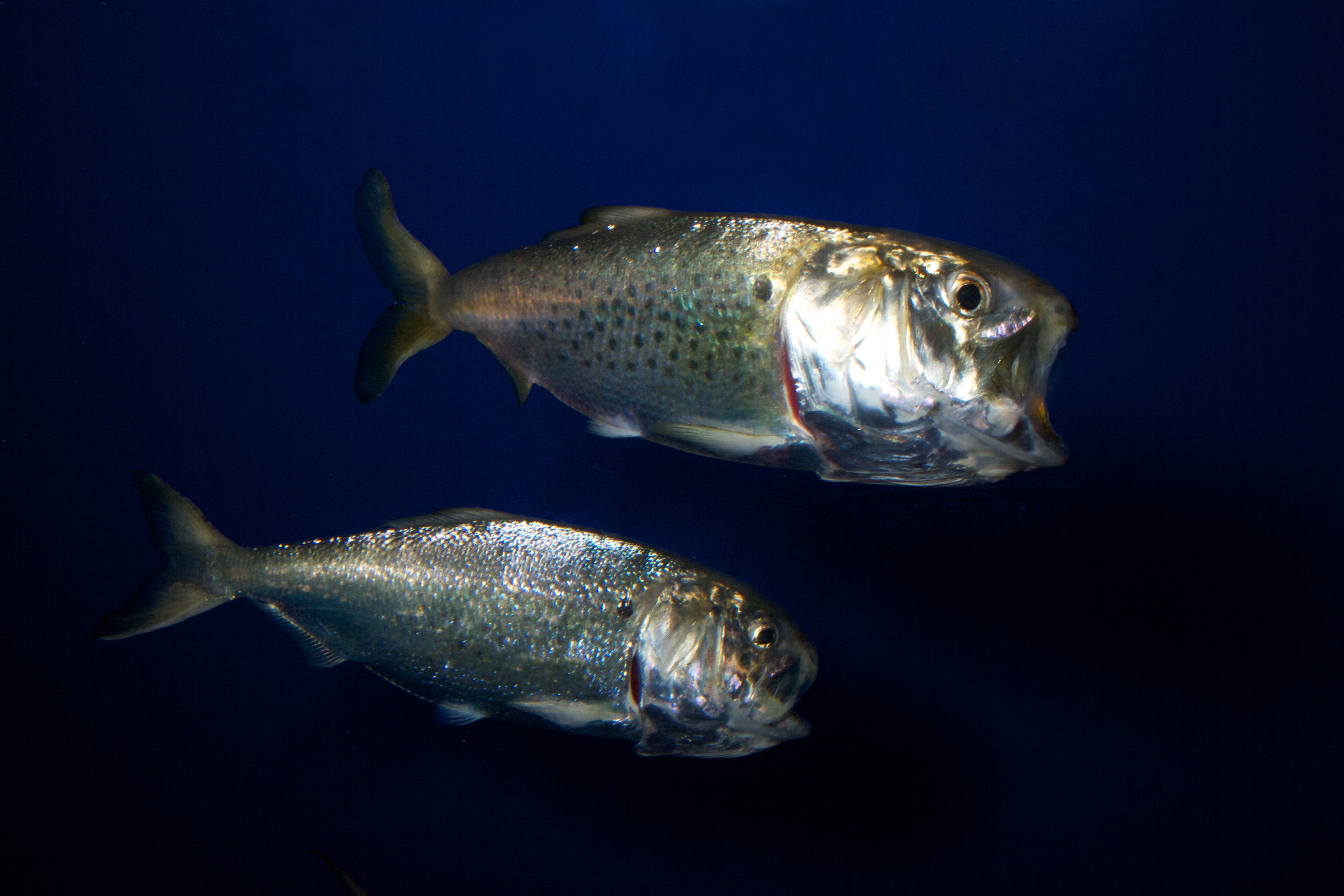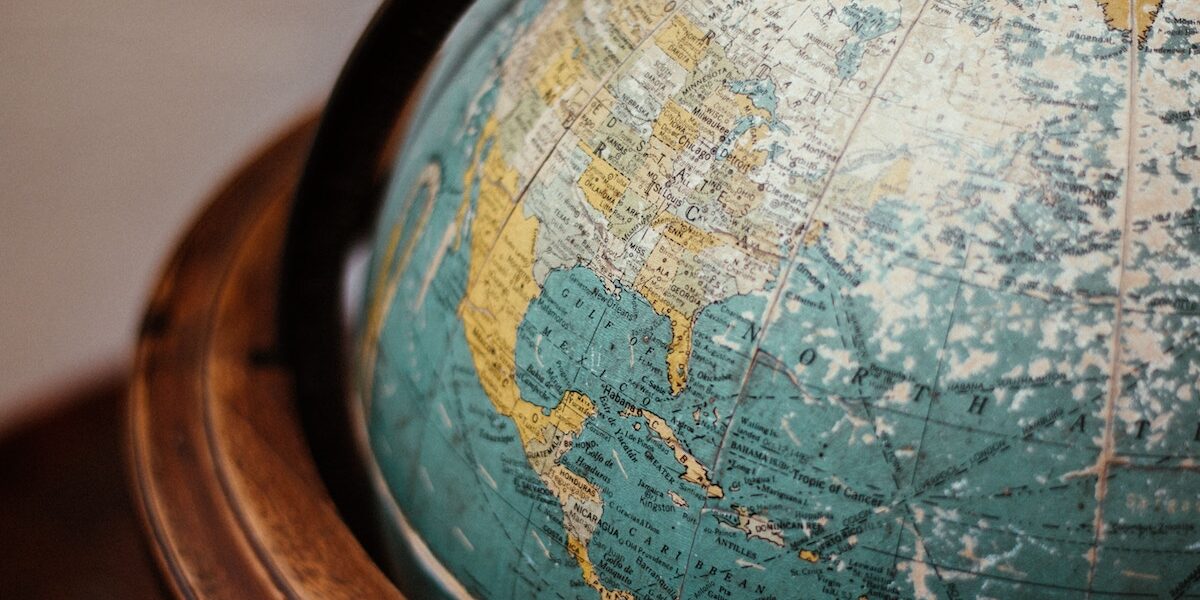By Mark J. Spalding, President, The Ocean Foundation
Earth Day is Monday, April 22nd
Earlier this month, I came home excited about what I had seen and heard at the CGBD Marine Conservation Program Annual Meeting in Portland, Oregon. Over three days, we heard from a lot of terrific people and had the opportunity to talk to a number of colleagues who also invest in those who work so hard to defend our oceans. The theme was ”Vibrant Communities and Cool Oceans Along the Pacific Rim: A Look at Successful Conservation Projects that use Innovative Solutions to Change the World.”

So where did those Innovative Solutions come from?
In the first panel on new ways for communicating about ocean issues, Yannick Beaudoin, from UNEP GRID Arendal spoke. We are partnering with the GRID Arendal campus on Blue Carbon via our project Blue Climate Solutions, and our former TOF staff person, Dr. Steven Lutz.
In the second panel on Managing Small Scale Fisheries, Cynthia Mayoral of RARE spoke about “Loretanos for a sea full of life: sustainable fisheries management in Loreto Bay, Mexico,” which was funded by TOF’s Loreto Bay Foundation.
In the third panel on Working With Diverse Allies, one of TOF’s project leaders Dr. Hoyt Peckham, spoke about his new project called SmartFish which is focusing on helping fishers get more value for their fish, by handling them with more care, to be distributed in more immediate markets, so that they demand a higher price, and thus they need to catch fewer of them.
Menhaden are forage fish that eat phytoplankton, cleansing ocean water. In turn, its flesh nourishes bigger, more edible and lucrative fish — like striped bass and bluefish — as well as seabirds and marine mammals

In the fifth panel on new resources and tools in fisheries, Alison Fairbrother who heads TOF grantee Public Trust Project spoke about accountability, transparency, and the lack of integrity she discovered while doing an investigative journalism project on menhaden, a small but important forage fish (and algae eater) in the Atlantic.
In the sixth panel, “How Science is Influencing Conservation & Policy,” two of the three speakers were the heads of TOF fiscally sponsored projects: Hoyt (again) about Proyecto Caguama, and Dr. Steven Swartz on the Laguna San Ignacio Ecosystem Science Program. The third speaker, Dr. Herb Raffaele of the USFWS spoke about the Western Hemisphere Migratory Species Initiative in which we currently serve as chair of the Marine Migratory Species Committee.
On Friday morning, we heard from 100-1000 Restore Coastal Alabama project partners Bethany Kraft of Ocean Conservancy and Cyn Sarthou of Gulf Restoration Network, bringing us up to date on the complexities of the process that we all fervently hope will lead to BP oil spill fines being spent on genuine, forward looking restoration projects in the Gulf.
Volunteers helping to build oyster reefs at Pelican Point in Mobile Bay, Alabama. Mobile Bay is the 4th largest estuary in the U.S. and it plays an important role in sheltering and nurturing the finfish, shrimp and oysters vital to Gulf of Mexico communities.
This meeting reaffirmed my pride in, and gratitude for, our work, its outcomes and the well-deserved recognition of our project leaders and partners. And, in many of the presentations, we were given some optimism that there are areas where the marine conservation community are making progress towards that all-important goal of improving ocean health.
And, the great news is that there is more to come!







